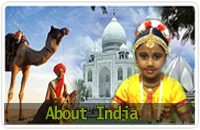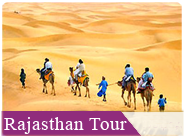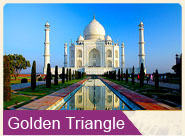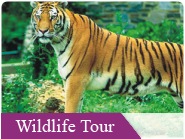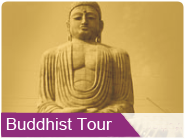In ancient times, it was known as Kushavati (Jatakas). It finds mention in epic Ramayan as the city of Kusha the son of Ram, the famous king of Ayodhya. Kushinagar was a celebrated center of the Malla kingdom of ancient India. Later, it would be known as Kushinara, one of the most important four holy sites for Buddhists. At this location, near the Hiranyavati River, Gautama Buddha attained Parinirvana (or 'Final Nirvana') after falling ill from eating a meal of a species of mushroom, or possibly pork.
Many of the ruined stupas and viharas here date back to 3rd century BCE - 5th century CE when prosperity was at its peak. The Mauryan emperor Ashoka is known to have contributed to significant construction at this site.
Prior to its rediscovery in the 19th century, there was a silence of more than half a millennium at Kasia. Due to violent invasions, Kushinagar lost its vitality and eventually was neglected.
At the time of the Buddha, Kushinagar was the capital of the Mallas, and the scene of the Buddha's death. It was twenty-five yojanas from Rajagaha and lay on the high road from Alaka to Rájagaha, the road taken by Bávarí's disciples . At that time it was a small city, a branch-township with wattle-and-daub houses in the midst of the jungle, and Ananda was, at first, disappointed that the Buddha should have chosen it for his Parinibbana. But the Buddha, by preaching the Maha-Sudassana Sutta, pointed out to him that in ancient times it had been Kusavati, the royal city of Maha-Sudassana.
It is said that the Buddha had three reasons for coming to Kusinárá to die:
Because it was the proper venue for the preaching of the Mahá-Sudassana Sutta;
Because Subhadda would visit him there and, after listening to his sermon, would develop meditation and become an arahant while the Buddha was still alive; and Because the brahman Doha would be there, after the Buddha's death, to solve the problem of the distribution of his relics
Between Kusinara and Pava, three gavutas away - from where the Buddha came to Kusinára on his last journey from Rajagaha, stopping at various places - lay the stream of Kakuttha on the banks of which was the Ambavana; beyond that was the Hiraññavati river, and near the city, in a south-westerly direction, lay the Upavattana, the Sala-grove of the Mallas, which the Buddha made his last resting-place .
After the Buddha's death his body was carried into the city by the southern gate and out of the city by the eastern gate; to the east of the city was Makutabandhana, the shrine of the Mallas, and there the body was cremated. For seven days those assembled at the ceremony held a festival in honour of the relics .
Pilgrimage to Buddha's Holy Sites
The Four Main Sites
Lumbini · Bodh Gaya
Sarnath · Kushinagar
Four Additional Sites
Sravasti · Rajgir
Sankissa · Vaishali
Other Sites
Patna · Gaya · Kosambi
Kapilavastu · Devadaha
Kesariya · Pava
Nalanda · Varanasi
Later Sites
Sanchi · Mathura
Ellora · Ajanta · Vikramshila
Ratnagiri · Udayagiri · Lalitgiri
Bharhut · Barabar Caves
About Kushinagar | | | Packages

